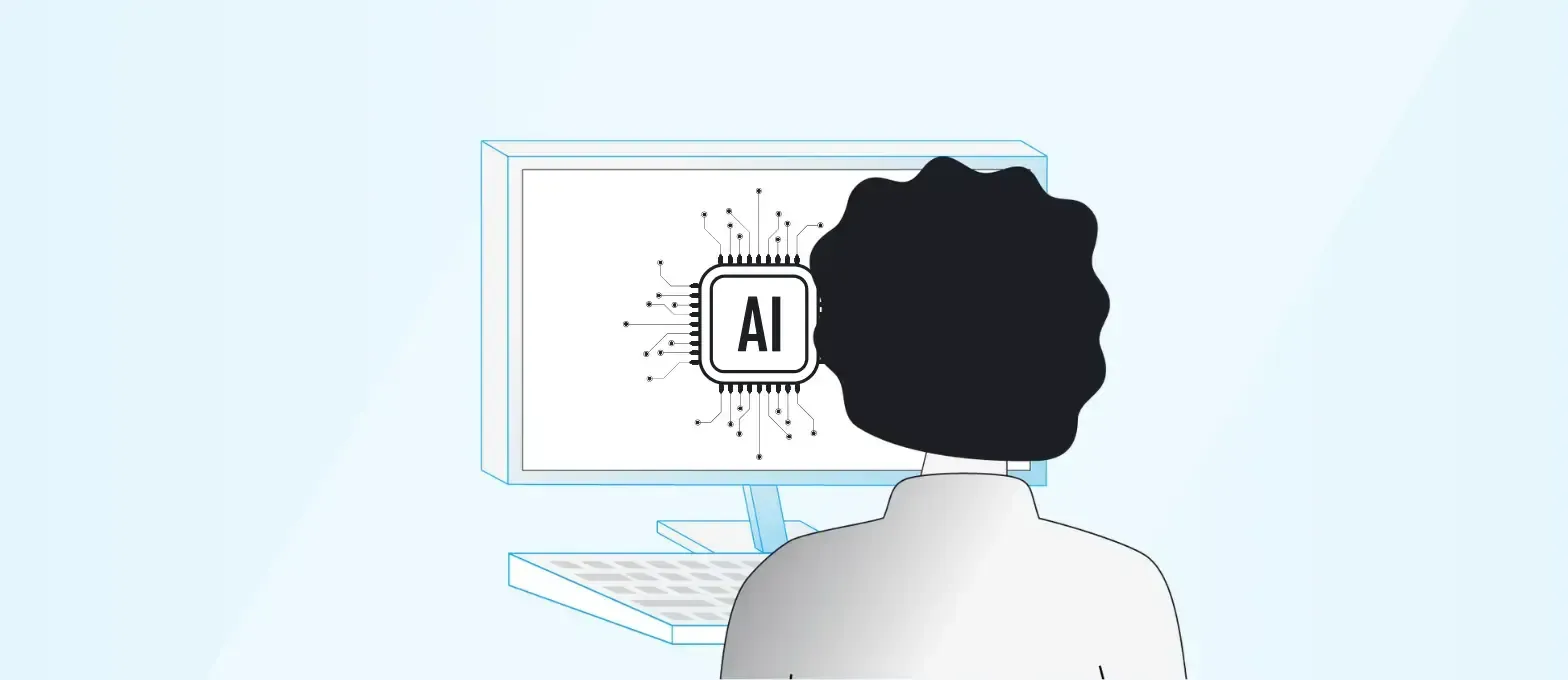What Are AI Agents and Why They Matter

When we talk about AI agents, we’re referring to intelligent systems that don’t just respond to commands, they gather information, generate plans and execute tasks with human supervision. Although often described as autonomous, AI agents still depend on oversight to ensure accuracy, safety and alignment with business goals.
According to Boston Consulting Group (BCG), AI agents “gather data, analyse performance, propose or execute actions across platforms, and continuously learn from experience.”
In simpler terms: consider an AI that monitors your marketing campaigns, sees under-performing segments, recommends optimisations, prepares changes for approval and tracks outcomes as a supervised system. That’s a working example of an AI agent in action.
For businesses, the appeal is clear: AI agents transcend static automation tools. They can orchestrate workflows, integrate across systems, and improve over time. As Zartis puts it, they’re transforming operations by enabling smarter decisions, stronger teams and more streamlined processes.
How AI Agents Work: The Observe-Plan-Act Cycle
Let’s break down how these systems function:
Observe: AI agents do not continuously observe everything in real time. Instead, they usually begin with triggered inputs or feeds — such as user actions, datasets, system events or external signals. Additional observation may occur after an initial model response, as the system iterates and checks whether its output aligns with the intended goal. This means “observation” is often distributed throughout the loop rather than happening strictly at the start.
Plan: Using large language models (LLMs) or other planning modules, the agent evaluates objectives, context and past history, and devises a sequence of actions to achieve a goal. Planning may occur in multiple steps as the model refines its reasoning based on new information.
Act: The agent interfaces with enterprise systems (CRM, ERP, marketing platforms, etc.) through APIs and executes tasks with human supervision. Systems may automate lower-risk tasks, but humans guide, validate and oversee important steps where incorrect execution could have business impact.
In practice, you’ll often see five core components:
- Agent-centric interface (APIs, systems connections)
- Memory module (to hold past context)
- Profile module (defines role, goals, behaviour)
- Planning module (uses LLM to decide what to do)
- Action module (executing via system integrations)
Because of this architecture, AI agents can handle multi-step workflows, chain tasks together, adapt over time and relieve humans of tedious, repetitive work while still requiring oversight from human decision-makers.
Use Cases Across Industries
Businesses in a wide variety of industries are leveraging AI agents to drive value. Here are some examples:
Marketing & Advertising: A consumer-goods firm used an AI agent to streamline its global campaign analytics: data gathering, performance evaluation, recommendation generation, and executing media-buying updates.
Knowledge Work & Insights: According to Zartis, AI agents enable advanced workflows such as dynamic web scraping and crawling, document parsing (including OCR), real-time event monitoring, semantic search, and retrieval-augmented generation.
Data-Driven Decision Support: These systems go beyond dashboards. They spot trends, infer causality, generate narratives from numbers, propose strategic actions, and identify missing information. Zartis highlights that AI agents can advise leadership by modelling “what if” scenarios and validating assumptions.
Automation & Integration: AI agents chain tasks, e.g., detect an anomaly → investigate root cause → generate report → trigger alert → assign work. They integrate siloed systems (CRM, support, billing) and automate workflows end-to-end.
Team Enablement: They also help organisations scale knowledge: onboarding new hires, acting as expert assistants, maintaining knowledge bases, and enabling semantic search across internal content.
Roles You Need to Succeed With AI Agents
Building and deploying effective AI agents isn’t plug-and-play. It requires the right roles working together:
- Solution Architect / Agent Designer
- ML/AI Engineer
- Data Engineer
- Integration Engineer / API Specialist
- Business Analyst / Domain Expert
- Change Manager / Operations Lead
- Ethics/Compliance Specialist
When these roles collaborate, you’re far more likely to build an AI agent that’s not just technically sound but truly adopted, trusted, and delivering measurable ROI.
Final Thoughts
AI agents represent a leap beyond traditional automation: they’re not just robo-workers, they’re decision-support systems, workflow orchestrators, and human collaborators. When designed well, they free teams for the creative, strategic work that adds real value, while handling the heavy lifting of data ingestion, analysis, integration, and action — with human supervision ensuring safe and reliable outcomes.
If your organisation is ready to explore what an AI agent can do, from marketing optimisation to knowledge workflows to strategic decision support, let’s connect. At Jobsity, we can help you assess your readiness, design your agent, build the system, and deploy it at scale. The question is no longer if, but when and how rapidly you’ll harness the power of AI agents.
Joey Rubin is a strategist, writer, and learning designer with experience in SaaS, education, and digital media. He specializes in transforming complex ideas into clear, engaging content that connects technology with people, bringing a focus on storytelling, clarity, and human-centered solutions.